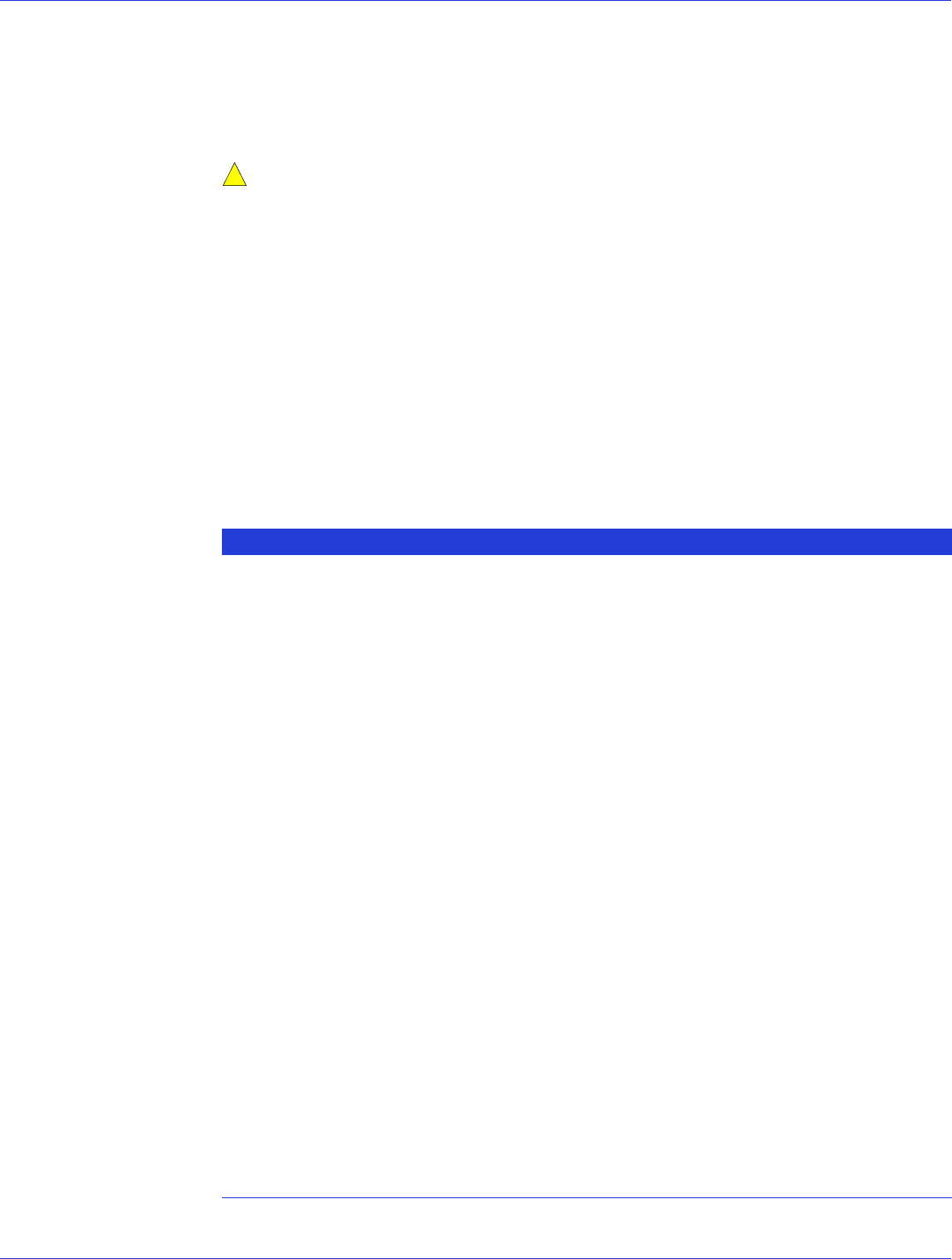User`s guide
Table Of Contents
- About This Guide
- Kit Contents and System Requirements
- About Your RAID Controller
- Standard RAID Controller Features
- Adding Enhanced Features
- Adding a Battery Backup Module
- Upgrading the Controller Firmware
- About the Adaptec 3085
- About the Adaptec 3405
- About the Adaptec 3805
- About the Adaptec 31205
- About the Adaptec 31605
- About the Adaptec 4000
- About the Adaptec 4800SAS
- About the Adaptec 4805SAS
- About the Adaptec 2420SA
- About the Adaptec 2820SA
- About the Adaptec 2130SLP
- About the Adaptec 2230SLP
- Getting Started
- Installing the Controller and Disk Drives
- Creating a Bootable Array
- Installing the Driver and an Operating System
- Installing the Driver on an Existing Operating System
- Managing Your Storage Space
- Solving Problems
- Introduction to Serial Attached SCSI
- Understanding RAID
- Using the Adaptec RAID Configuration Utility
- Using the Array Configuration Utility for DOS
- Using the Adaptec Flash Utility
- Adaptec Serial Controller LED and I2C Connector Reference
- Adaptec 2420SA Activity LED and I2C Connector Specification
- Adaptec 2820SA Activity LED and I2C Connector Specification
- Adaptec 3085 LED and I2C Connector Specification
- Adaptec 3405 LED and I2C Connector Specification
- Adaptec 3805 LED and I2C Connector Specification
- Adaptec 31205 LED and I2C Connector Specification
- Adaptec 31605 LED and I2C Connector Specification
- Adaptec 4800SAS LED and I2C Connector Specification
- Adaptec 4805SAS LED and I2C Connector Specification
- Safety Information
- Technical Specifications
- Index

Appendix D: Using the Array Configuration Utility for DOS ● 101
ControllerID Keyword
ControllerID is an optional keyword to change the SCSI ID of the controller. Normally, the
SCSI controller is assigned SCSI ID 7 on each of its channels. You can specify any ID value
between 0 and 7.
Caution:
Do not change the SCSI ID of the controller unless directed to do so by Adaptec
Technical Support.
For example:
ControllerID=7
End Keyword
End is a required keyword, indicating the end of the block.
ACU Error Codes
When the ACU detects an error, it reports the error and exits immediately. If a log file is
specified, the ACU writes the error code to the log file. Otherwise, it displays the error code on
the screen.
The possible error messages returned by the ACU are listed in this table.
Code Description
0 ACU ran without changes—ACU exited with no errors (success) and no report is required.
1 No controller found.
2 Syntax or logical error in the script file—The ACU encountered an invalid command or
keyword in the specified script file.
3 Unable to open file.
4 Error in the command line parameters—You passed an invalid command-line switch to the
ACU. (See
Running the ACU Using Scripts
on page 95
for a list of valid command-line switches.)
5 Unable to read system configuration—The ACU was unable to get the configuration
information from the specified controller.
6 No drives detected.
7 Specified drive not found in system.
8 Specified array size too small—You specified an array size that is smaller than the
minimum size allowed for this array.
9 Specified array size too big—You specified an array size that is larger than the maximum
size allowed for this array.
10 Number of drives do not match the array type—The number of drives you selected is
invalid for the type of array specified.
11 Unable to initialize drive.
12 Error occurred while creating array.
13 Too many spare drives assigned—You attempted to assign more than the maximum
number of hot spares allowed for the specified array.
14 Insufficient memory to run the application.
15 Incorrect controller number.
16 Controller not responding.
17 Build/Verify/Clear failed.
18 Cannot use drives on shared channel.
!










